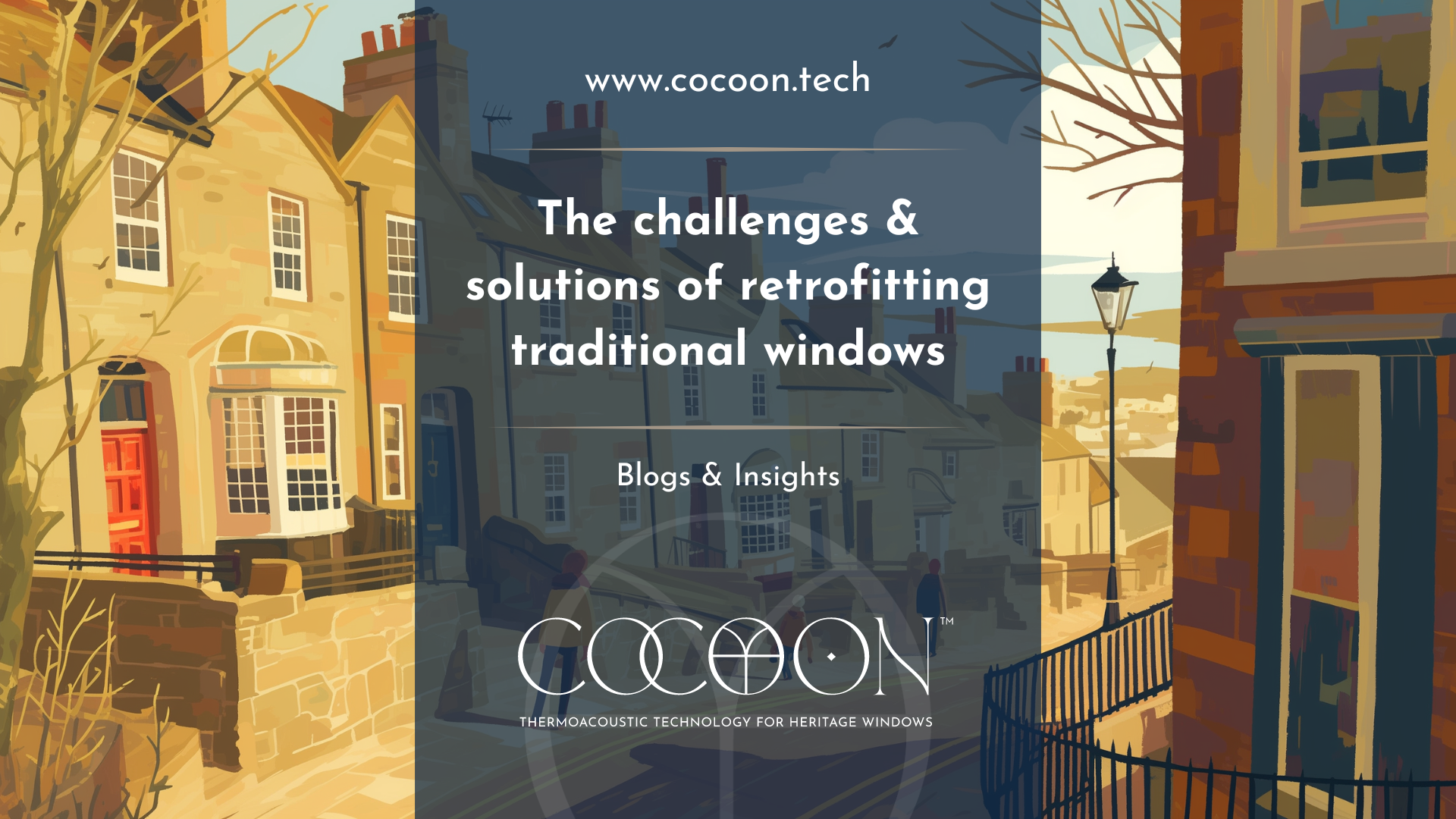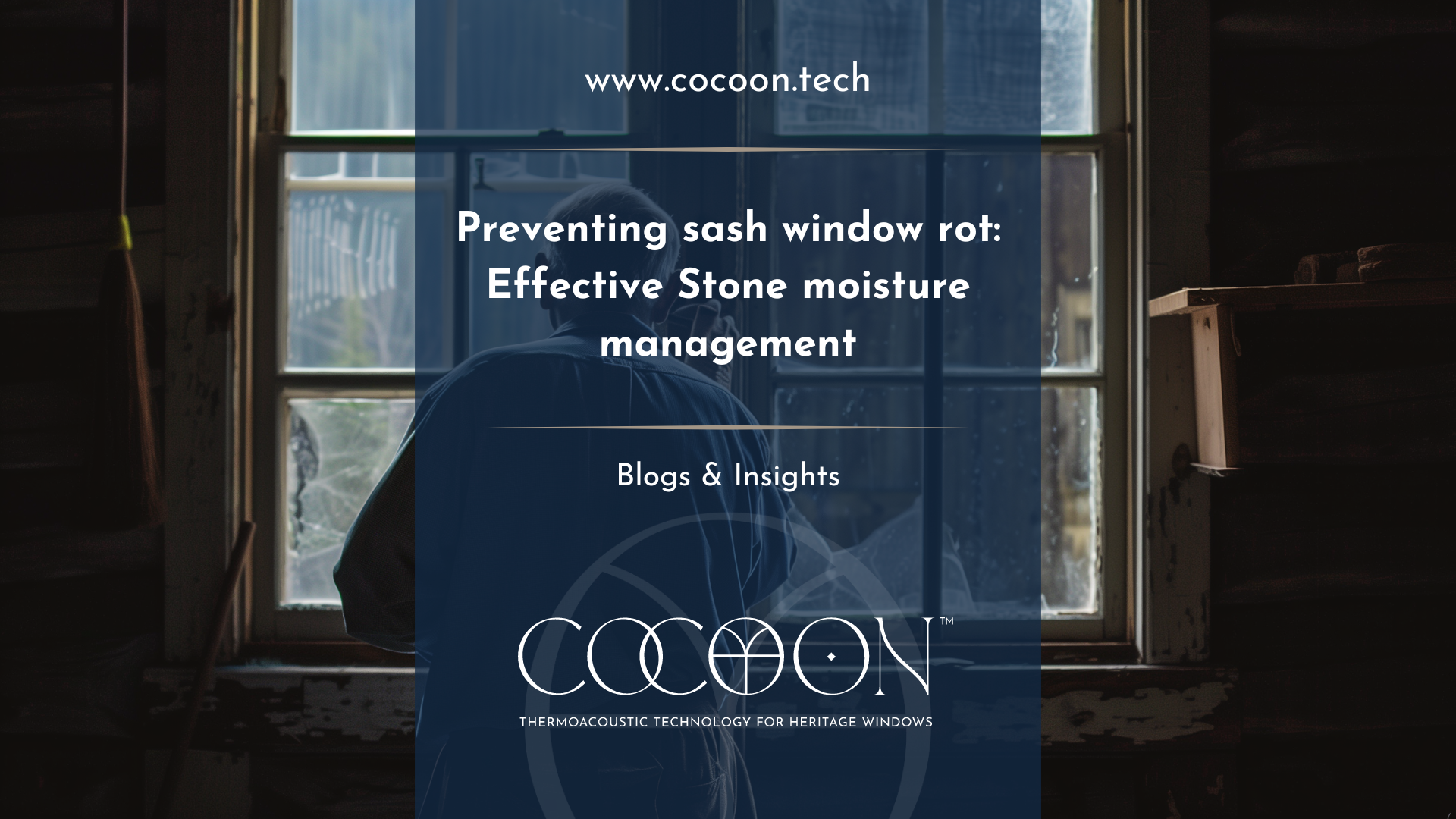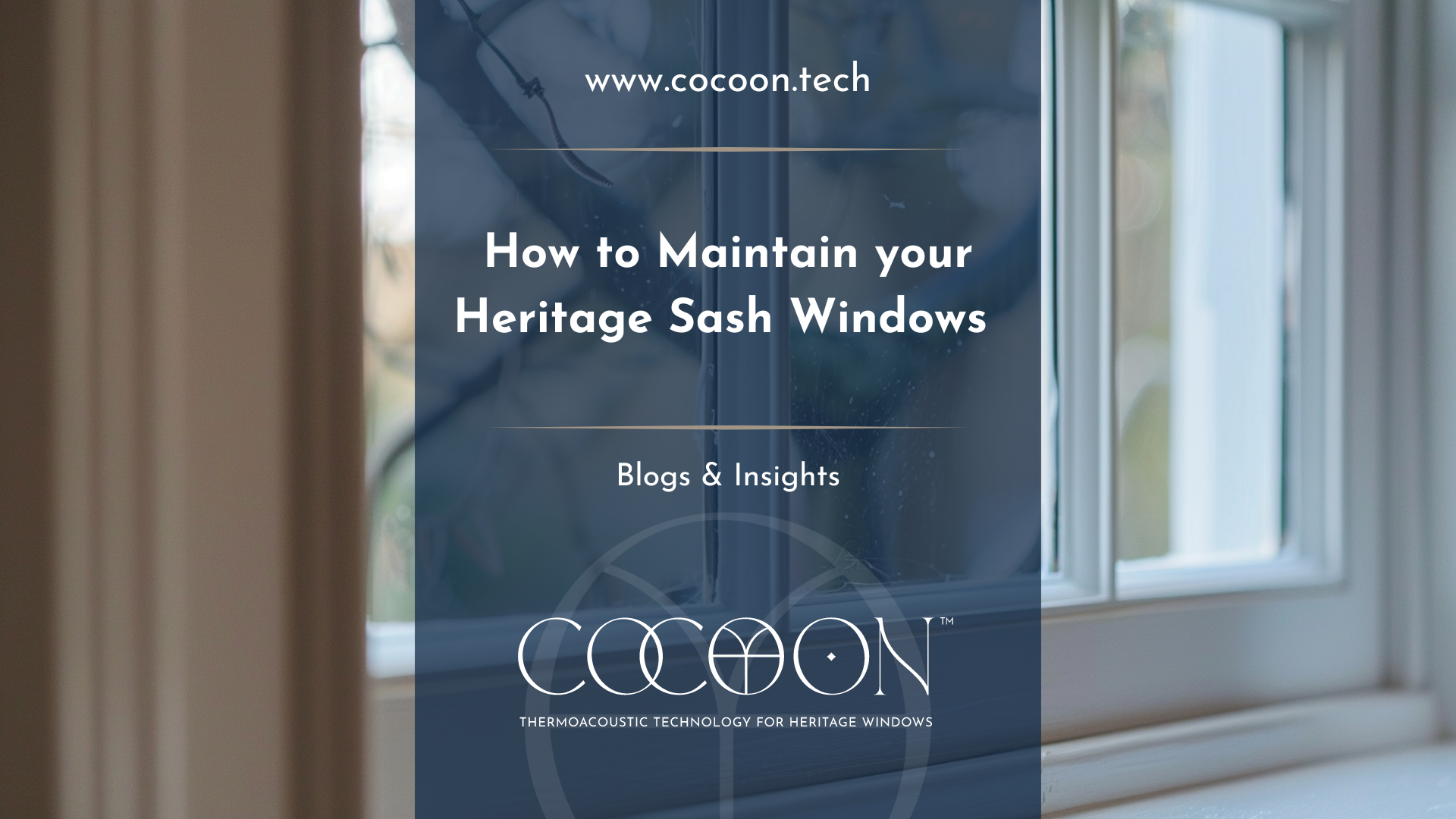Spotting an Unhealthy Home
Spotting an Unhealthy Home

Recognising the Signs of an Unhealthy Home
When it comes to the health of your home, early detection of issues is key to preventing more significant problems down the line. In Scotland, where weather conditions can be harsh and unpredictable, maintaining a healthy home is even more crucial. Here are some tell-tale signs that your home's health might not be up to scratch:
- Condensation on Windows: Excessive condensation on your windows can indicate high humidity levels and poor ventilation, which can lead to mould growth.
- Draughts and Cold Spots: Feeling cold spots or draughts in certain areas of your home suggests that your insulation might be inadequate or your windows and doors are not sealing properly.
- Peeling Paint or Wallpaper: This can be a sign of dampness or leaks in the walls, often caused by poor insulation or water ingress.
- Visible Mould or Mildew: The presence of mould or mildew around windows, doors, or in corners of rooms is a clear indicator of moisture problems.
- Sticking or Warped Windows: Old wooden windows that are difficult to open or have warped frames can compromise the energy efficiency and overall comfort of your home.
Keeping Old Wooden Windows Healthy
Old wooden windows add charm and character to Scottish homes, especially in historical buildings. However, they require regular maintenance to remain in good condition and continue to provide the benefits of insulation and security. Here are some essential tips for keeping your old wooden windows healthy:
- Regular Inspection and Cleaning: Check your windows regularly for signs of damage or wear. Clean the frames and glass to prevent the build-up of dirt and moisture.
- Repairing Damage: Address any cracks, holes, or rot as soon as they appear. Use wood filler for small repairs and consider professional restoration for more extensive damage.
- Repainting and Sealing: Repaint your wooden windows every few years to protect them from the elements. Ensure all joints and edges are sealed properly to prevent water ingress.
- Improving Ventilation: Proper ventilation can help reduce moisture levels inside your home, preventing condensation and mould growth around your windows.
- Adding Weatherstripping: Apply weatherstripping around the frames to improve insulation and prevent draughts. This can make a significant difference in maintaining a consistent indoor temperature.
For more detailed guidance on maintaining wooden windows, you can refer to resources from the Scottish Lime Trust.
How InvisiTherm® Can Help
InvisiTherm® is an innovative secondary glazing system that offers an effective solution for maintaining the health of your old wooden windows. Here’s how InvisiTherm® can make a difference:
- Enhanced Insulation: InvisiTherm® provides an additional layer of insulation, reducing heat loss and helping to maintain a consistent indoor temperature. This means your home will be warmer in winter and cooler in summer, without overworking your primary heating or cooling systems.
- Condensation Control: By improving the insulation and reducing temperature fluctuations, InvisiTherm® helps to minimise condensation on your windows. This is crucial in preventing the growth of mould and mildew.
- Preserving Aesthetics: InvisiTherm® is designed to be discreet and unobtrusive, preserving the historical and aesthetic value of your old wooden windows. It integrates seamlessly with the existing structure, providing the benefits of modern technology without compromising on style.
- Noise Reduction: The secondary glazing system also offers excellent acoustic insulation, reducing external noise and creating a more peaceful indoor environment.
- Energy Efficiency: By improving the overall insulation of your windows, InvisiTherm® helps to reduce energy consumption, leading to lower utility bills and a smaller carbon footprint.
Maintaining the health of your home, particularly when it comes to old wooden windows, is essential for comfort, energy efficiency, and longevity. With regular maintenance and the innovative support of InvisiTherm®, you can ensure your home remains a cosy and healthy haven all year round.



















